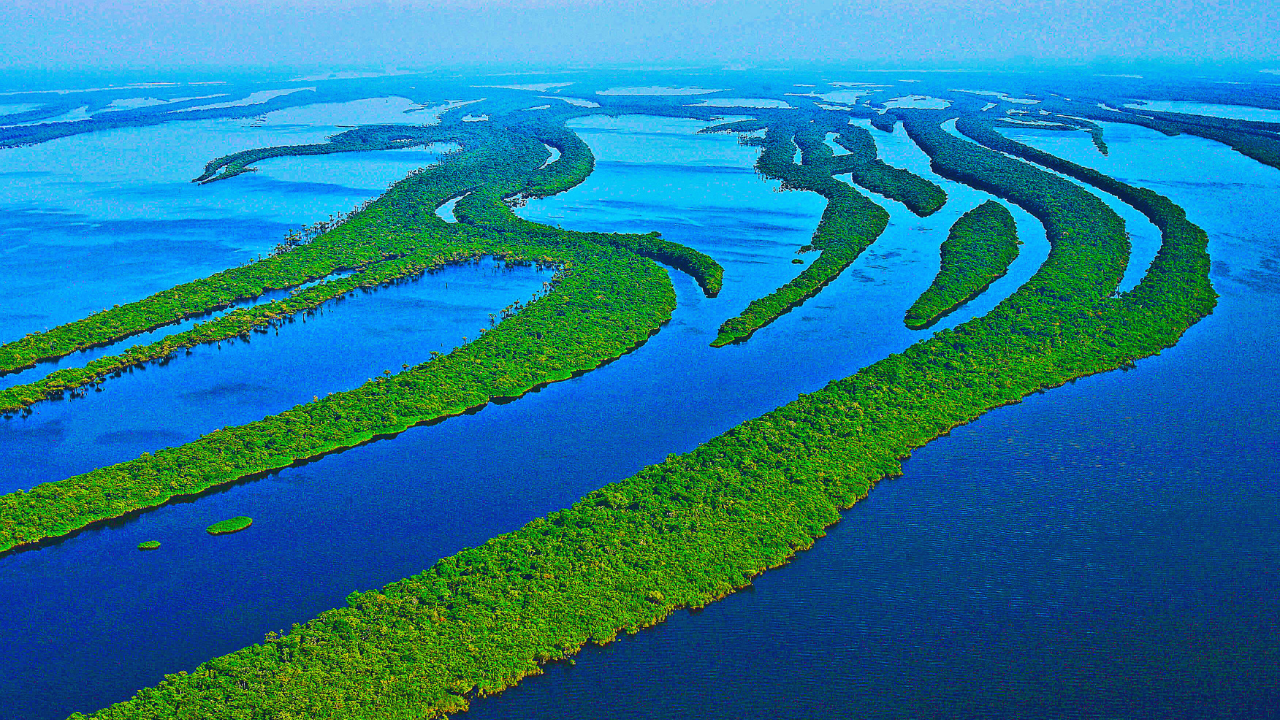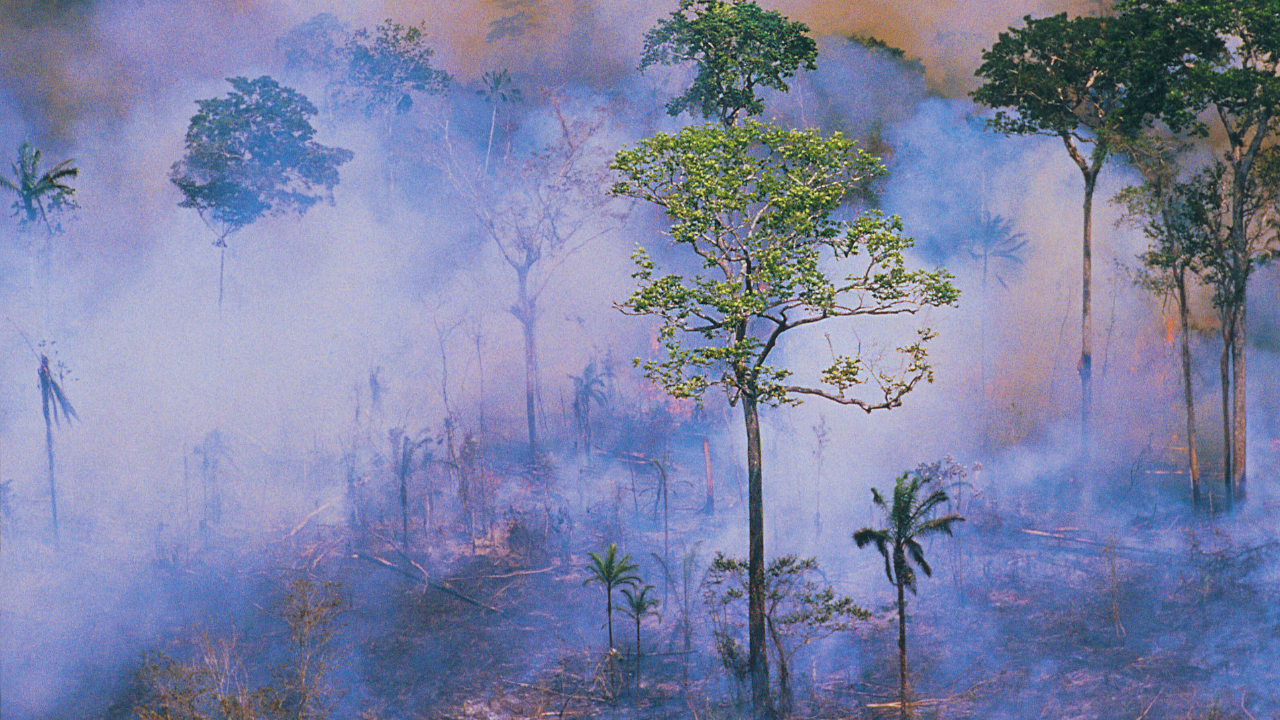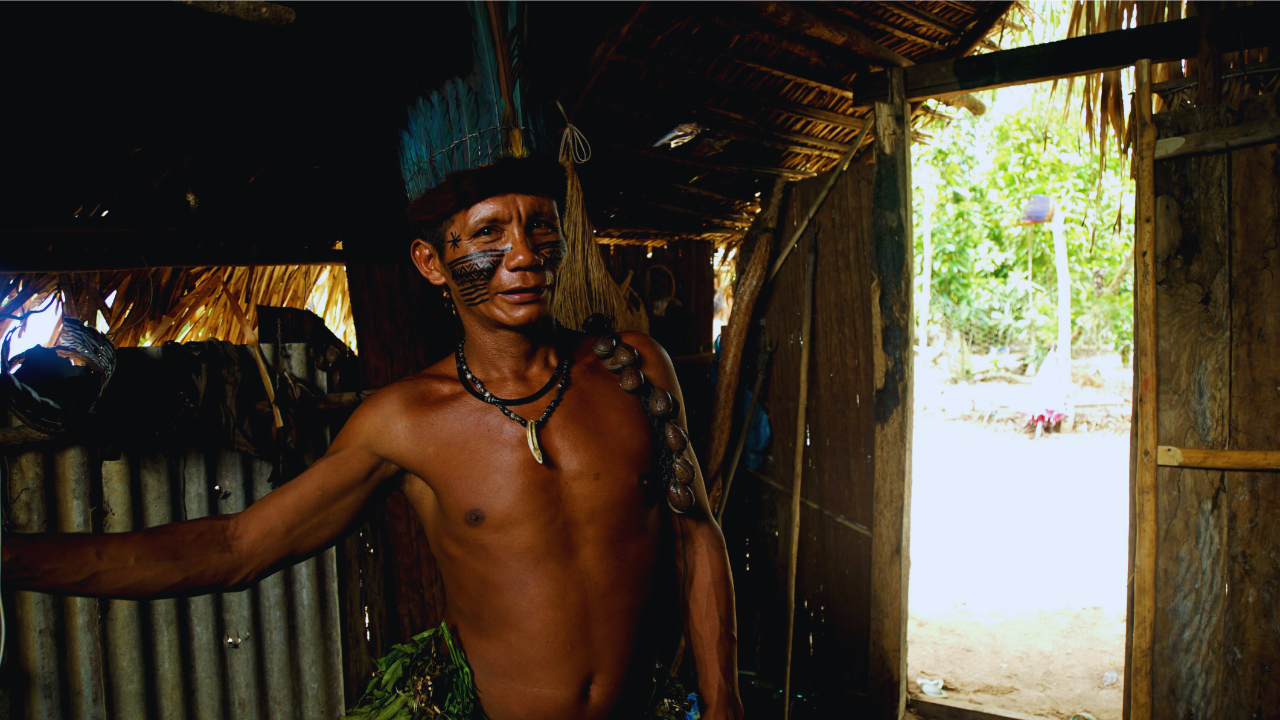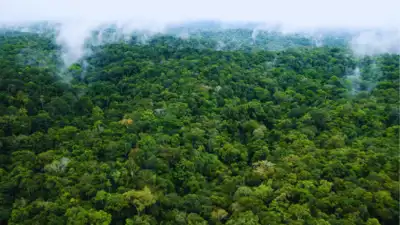Forests are mostly large, natural ecosystems that are naturally dominated by trees. Much of the land area is covered with a variety of plant and animal species, which are essential for the planet’s health. Now, imagine a forest so vast that it stretches across eight developing countries. Any guesses? The Amazon rainforest isn’t just a faraway jungle, it’s the planet’s life-support system. Stretching across 2.7 million square miles, or about 40% of South America, it’s home to nearly one in every ten known species on Earth. From jaguars prowling in the shadows to tiny insects we haven’t even discovered yet, its 1.4 billion acres are teeming with life. But the Amazon does more than house wildlife. It carries 20% of the world’s liquid freshwater and locks away an estimated 150–200 billion tons of carbon, acting as a giant brake on climate change. The danger? Each tree cut down weakens that system. Deforestation doesn’t just scar the forest—it releases carbon into the air, altering weather and climate patterns that affect people thousands of miles away. In short, what happens in the Amazon doesn’t stay in the Amazon—it reaches all of us.

A forest across 8 nations
The Amazon sprawls across eight countries and even a slice of France (via French Guiana). It might sound like a dream for travelers, but a nightmare for policymakers. Each nation has its own rules, leaders, and budgets to keep tabs on millions of acres of green. The result? A rainforest governed by a committee. And while borders may divide it on paper, the Amazon’s health is a global story—when trees fall here, the whole world feels the echo.Read more: Visit these India’s 5 stunning forests rich in wildlife and wonder
Biodiversity like no other
The Amazon also serves as home to roughly 10% of Earth’s species, including 1,400 mammals, from jaguars to pygmy marmosets; 1,500 birds and thousands of butterflies; 2,500 fish species and more than 370 reptiles; and nearly 50,000 plant species.

Some of the prominent animal species that one can spot are two-toed sloths, emperor tamarins, and Goeldi’s monkeys that make the canopy their playground, whereas rivers host iconic species like the river dolphin. Keystone animals like jaguars and river dolphins require vast, connected habitats to thrive, highlighting the importance of preserving migratory corridors. The Amazon River stretches over 6,400 km from the Andes in Peru to the Atlantic in Brazil, and holds around 20% of the world’s liquid freshwater and influences rainfall across South America. Also records add that the forests store an estimated 150–200 billion tons of carbon, which play a factor in stabilising local and global climates. Deforestation releases this carbon, worsening climate change and affecting ecosystems worldwide.Read more: 5 scenic hill stations to head to from Rajasthan for a cool change
Threats and conservation challenges
Despite being sparsely populated, the Amazon faces threats from agriculture, forestry, dam construction, and illegal land clearing. Between August 2023 and July 2024, more than 8,000 sq km of forest were lost—an area larger than 700,000 soccer fields. Scientists are using migration mapping for freshwater animals and jaguars to identify areas where development should be avoided, maximizing conservation impact.

Organizations like WWF work with local communities, NGOs, corporations, and governments to reduce deforestation and protect rivers. Their goal is zero net deforestation, keeping carbon locked in trees and species habitats intact.
People of the Amazon
Over 40 million people live in the Amazon, including more than 400 Indigenous and ethnic groups, all relying on the forest for food, shelter, clothing, and traditional medicine. Urban centers exist, but rivers remain the primary transport routes, and livelihoods depend on the natural bounty. Protecting the forest isn’t just about wildlife—it’s also about safeguarding human cultures and economies.

Climate change has made the Amazon increasingly vulnerable. Rising deforestation, unprecedented droughts, and longer, hotter dry seasons threaten crops, fisheries, and forests. Scientists warn that exceeding 20–25% deforestation could push the forest past a tipping point. Currently, it sits at approximately 17%, leaving a narrow margin to protect one of Earth’s most vital ecosystems. The Amazon is more than a forest. It can be said to be a planetary regulator, a place that serves as a sanctuary for species, and a home for millions of people. Preserving its integrity across eight countries is not just a regional responsibility; it’s a global imperative.











